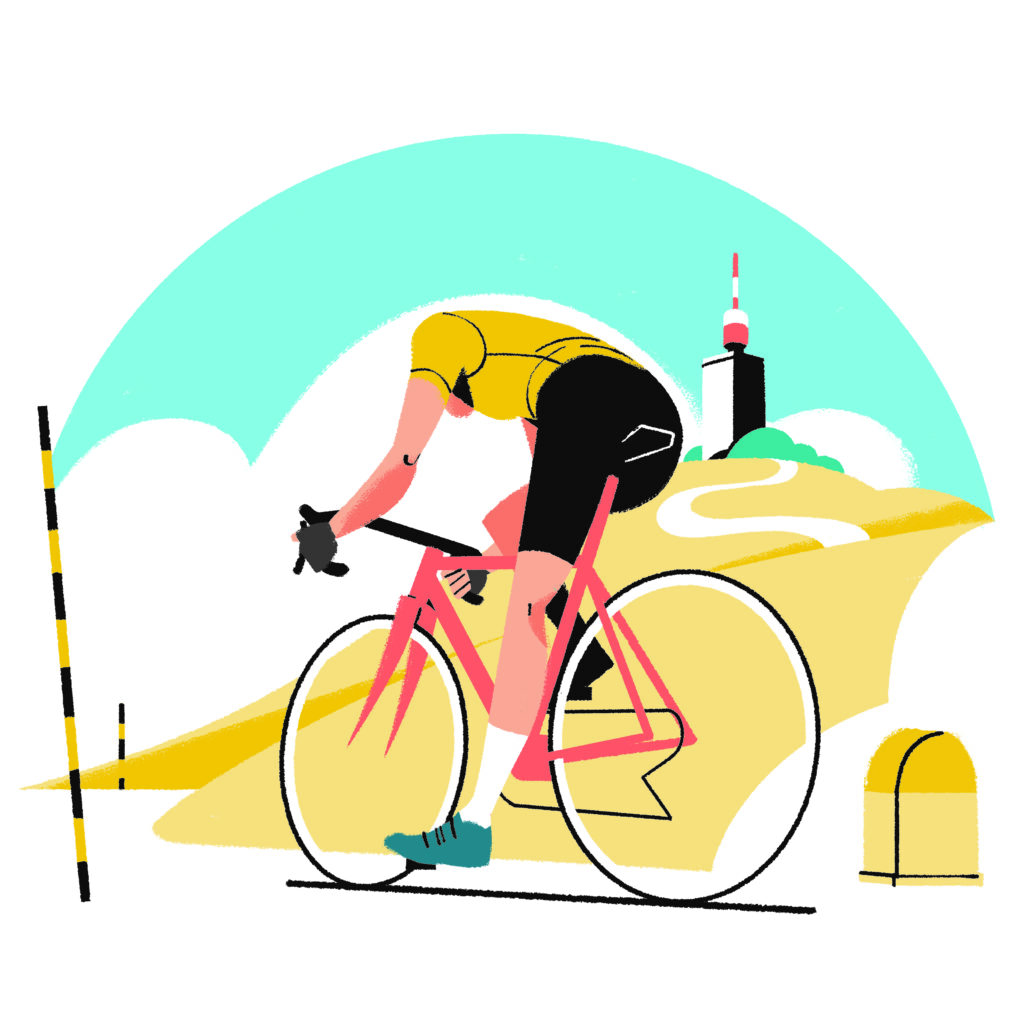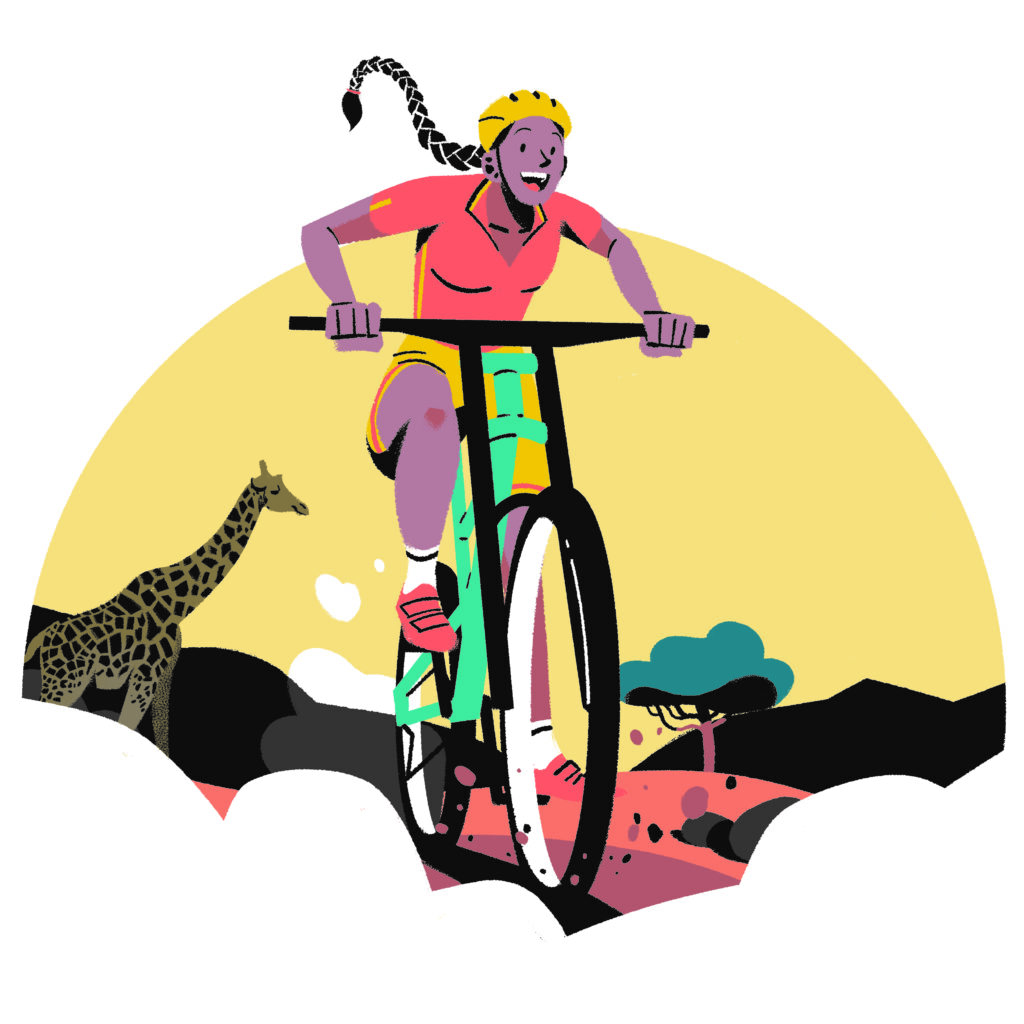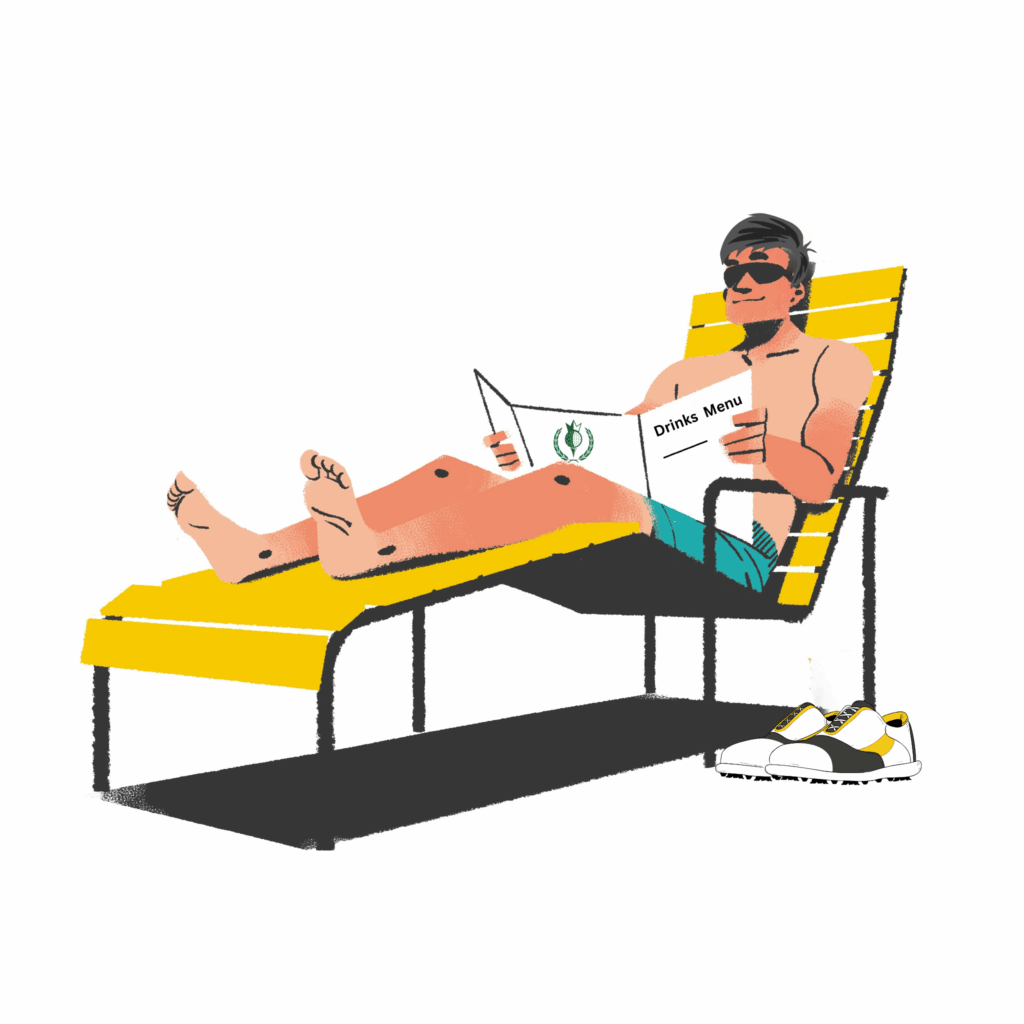In this guide I will be sharing what I consider to be the essential gear you need after purchasing your first bike. £175 may seem a lot, but I really believe this article will save you money in the long term. I made many mistakes early on buying things I didn’t need or that didn’t last. I have done my best to make sure the gear included is at an entry level price, whilst also being of sufficient quality so that you’re not going to have to replace within a couple of months. You also may own some of this gear already, or be able to borrow it until you can afford your own.
1. Helmet £38
I’m not going to get drawn into the ‘should you, shouldn’t you’ debate when it comes to helmets. That has been widely discussed across the web. The reality is most of us cyclists wear a helmet, and feel safer when doing so. This was my first purchase before I left the bike shop.
For me a helmet has to tick three boxes:
- Is it safe?
- Does it fit?
- Does it look good?
In terms of safety price is not always the most important thing. All of the big brand helmets are generally going to offer you the same level of protection. Once you get past a certain price point you are paying for things such as comfort, reduced weight, aerodynamic benefits and extra ventilation. There was some great research conducted at helmets.org which backs this point up.
I would also suggest reading the following post ‘Safety And Security: Cycling Helmets’. It is a really great read and gives a completely unbiased view on the safety benefits of wearing a bike helmet.
When it comes to fit, the best thing you can do is get out to a local bike shop and try some on. Ideally you want it to fit well without being so loose it slips, or so tight it hurts. I like my helmets to stay in place without the strap being done up. This for me says I have found a good fit. This can normally be achieved by having a tightening device at the back.
If you do decide to buy online then you will need to measure your head. Run a tape measure about 1cm above your eyes in a loop around your head. This will give you the circumference of your head which will dictate the size you need.
Does it look good? Shallow I know, but given there are so many choices then why not?! I tend to go for neutral choices that will pair well with any kit.
Recommendation:
A good first purchase would be the Giro Foray. This was my first helmet. It ticks all the three boxes of being safe, fitting well, and also looking good. These can be picked up at between £30-£50 and will be a fantastic helmet that you won’t need to upgrade any time soon.
2. Padded Lycra Bib Shorts £35
It can be hard to face the reality of purchasing your first Lycra shorts. Let’s be honest, they’re not cool, and they’re not flattering. Not to start with at least. But the alternative is much much worse (and painful!), and you can always wear baggier shorts over the top if you prefer.
The sooner you buy some, the better, as they will form a staple part of your kit. Now, there are a couple mistakes of mine you can learn from before putting in your PIN number.
Firstly, buy bibs not shorts.
What’s the difference? Bib shorts go over your shoulders like dungarees. Have a quick look at the photo on the left. Normal shorts are, well, just shorts! My first two clothing purchases were a pair of padded shorts and a pair of padded trousers. I wore these for about 6 weeks and have never worn them again.
There is a reason most cyclists opt for bibs. They don’t slip down and are simply more comfortable. On a standard pair of shorts the waistband can really dig into your stomach the elastic has to be strong to keep them up. No such problem with bibs. They hold over your shoulder meaning no elastic around the middle. There is also no chance of them slipping and giving your new found cycling mates a builders bum view for the next 20 miles!I wasted a lot of money on shorts early on, don’t make my mistake, buy bibs!
Secondly, buy plain and black.
Bib shorts are a workmanlike piece of kit. They’re right where the action is, picking up all the spray from the wheels. They are also a generic bit of clothing which will need to fit in with any number of different jersey combinations.If you want my advice, buy plain and buy black. They will be easier to clean, easier to pair with other kit and easier to find a replacement for. It’s only advice, but if you prefer a bit of simplicity in your life, this is the choice for you!
Thirdly, check the size guide.
I’ve been caught out on this one more times than I care to admit (with all types of cycling kit, not just shorts!). Cycling kit is generally designed for skinny Italian guys with big legs and tiny arms. Well it seems to feel that way anyway. So you’re a medium in real clothes? Expect to be anything up to an XXL in cycling clothes! Ridiculous but true. To add to the confusion, no two brands are the same. In some I take an XL, in others a M. Needless to say either try them on or check the brand specific sizing guide on their website before you fill your basket.
Recommendation:
My recommendation for your first pair of bib shorts would be the Altura Pro Gel Bibs. These can be picked up for around £35 and are an absolute bargain. The pad is great, and they are hard wearing. I bought a couple of pairs and so far they have lasted me over two years and counting!
3. Gloves £15
Whilst you see some pros without gloves on, I’ve yet to come across an amateur who doesn’t wear them. Why? Firstly, they offer additional padding for your hands, and helps to absorb some of the worst of the vibrations from the road. Secondly, when you fall off (and you will fall off!) they stop you getting all that grit and gravel from the road in you hand.
Whilst I have slightly simplified there are essentially three types of cycling gloves. Fingerless ‘summer’ gloves, full finger ‘autumn’ gloves and thick full finger ‘winter’ gloves. In this post we are focusing on beginners kit, so I want you to buy gloves you will get the most use out of. Even in England I spend 75% of the year in fingerless gloves and find my hands regularly get too hot in anything else.
When it comes to buying the gloves I would be looking for three things:
- A good quality pad, usually something filled with gel
- A tight fit so they do not rub your hands
- A good quality sweat pad for keeping your face clear
Recommendation:
My first set were a pair of Elite Cycling Men’s Fingerless Gloves. These ticked all the boxes and have been really comfortable. My only advice would to buy a size bigger. I would normally buy a medium pair of gloves, but had to return the first pair and re order a large.
4. Bottle Cages and Bottles £20 (for one set)
An essential purchase to go with your new bike. Hydration is critical to any exercise. Even low levels of dehydration have physiological consequences. Dehydration of just 2% causes an increase in perceived effort and is claimed to reduce performance by 10-20% A fluid loss exceeding 3-5% bodyweight reduces aerobic exercise performance noticeably and impairs reaction time, judgement, concentration and decision making, all vital skills on the bike. So, simple message, get yourself the right kit to stay hydrated!
Bottles cages are really easy to fit. There are normally two fitting points, one on the seat tube and one on the down tube. Each will have two bolts into which you can screw a bottle cage. There are hundreds out there to choose from, and depends on your needs. I would suggest only buying the adjustable ones if you are planning on using a variety of different size bottles, if not they will just rattle around for no reason.
Bottles should be a really easy purchase. There are certainly plenty out there! My advice is as follows. Spend an extra £5 and reap the benefits! There is nothing worse than buying a cheap bottle and it tasting plasticky for the next two years. Invest a bit of extra money into bottles that will last and give yourself great tasting cool water. You’ll appreciate it in the long run!
Recommendation:
For bottles I would go for a Camelbak Podium Chill. These bottles are fantastic. They lock to prevent water leaking, keep the water cooler than your average bottle, and actually makes your water taste like water! £10 might seem like a lot for a water bottle, but they’re worth it. There are so many cages out there just go with your gut. Personally I’ve fitted these Bontrager ones and they have never let me down.
5. Glasses £7
It took me a few months after beginning cycling to buy glasses. I had never been a sunglass wearer, and it wasn’t until a stray gravel chip almost sent me into a ditch that I decided they were a good idea. Personally I have never seen the appeal of expensive glasses. I’m sure they have their benefits, but you can end up shelling out hundreds of pounds for some official cycling goggles.
If you want cheap and simple then just search for ‘safety glasses’. You can get some good looking ones that are designed not to shatter. This is what I have always worn. I find them comfortable, and protect my eyes from anything coming their way. You can find ones that wrap around enough to keep the wind out, whilst also protecting you from bugs and road debris. You may prefer full on sunglasses, but even so these are worth having as a back up for winter when you just won’t want the extra darkness that sunglasses bring.
Recommendation:
The Bolle Silium are my favourite. Cheap, solid and comfortable. I have had mine for 18 months and no complaints, so at £7 you can’t go far wrong!
6. Basic On The Road Repair Tools £30
I think there are three vital tools to carry with you whenever you cycle:
- Puncture Repair Kit
- Multi Tool
- Micro Pump
I would also add in a spare inner tube for ease of puncture changeover, but you can survive without. Personally I would also be putting all of this into a saddle bag. I know some prefer to ride without them and keep the tools in their pockets, but for me a saddle bag is just easier. You always know it’s there when you need it and they’re easy to swap between bikes.
Recommendation;
You can’t go too far wrong with this Saddle Bag, Multi Tool and Puncture Repair Kit by PedalPro. Yes it’s cheap and going to need upgrading over the years, but this is a fantastic starting point. To get you out on the road quickly this will have everything you need.
For a pump I would recommend one of the smaller pumps by Lezyne such as the Tech Drive. This fits to the frame under the bottle cages so it’s always there when you need it.
7. Cycling Jersey £30
I’ve intentionally put this last, as I think you can survive the longest without one of these. You can cycle in anything you want. For the first few months after starting my time on the road I was wearing old running gear. However, there are advantages to buying cycling specific jerseys.
Firstly, they have back pockets. These are really handy for carrying around any bits you can’t fit in the saddle bag. Mine hold my keys, phone, food so they are easily accessible and more difficult to steal.
Secondly, they are fitted specific for cycling. Tight arms plus a longer back both help prevent the jersey riding up when you are leaning forward.
Thirdly, they tend to have a half or full length zip at the front which I find vital on a hot day for extra ventilation.
Finally, they are closer fitting to prevent excess material flapping around when moving. It’s amazing how much difference this can make. Cycling can be enough of a battle at times, especially in the wind, so every advantage is important.
Recommendation:
There are a lot of good brands out there that sell basic but good quality jerseys at decent prices. My preference was the Airstream by Altura. Similarly to their bib shorts, this jersey was of great quality for the price, and I still have it now.
If you want to spend a bit more, then I would recommend heading over to Stolen Goat. Their jerseys get amazing reviews, and I can personally vouch for them. You’re going to be starting at about £60 for a short sleeve jersey (though they can often be had for less than £50 in the sale), but if you are investing for the long term then this would be a great place to put your money.


